In today’s fast-paced business landscape, organizations face a myriad of complex challenges that require expert insights and strategic recommendations for effective decision-making. This is where consulting reports play a pivotal role.
They are comprehensive documents that offer data-driven analysis, strategic recommendations, and actionable solutions to address specific issues faced by clients. These reports, prepared by experienced consultants or consulting teams, serve as invaluable tools to provide solutions and guide organizations toward achieving their goals.
Regardless of the project scope and size, a standard report should contain a summary of what is involved, background information about the project or company you are working with, and your proposal for what must be done written in a way that is easy for them to understand, and other relevant documents like contractual agreements or graphical representations. The report should provide advice to the client based on the consultant’s knowledge and expertise.
In this article, we will delve into the power of consulting reports as a critical component of the consulting process. This article aims to provide you with a comprehensive overview of their importance and how to write one.
We will also explore what they are, highlight their key components, share some best practices for writing one, and discuss the benefits of using them as a tool for informed decision-making.
What is a Consulting Report?
A consulting report is a document that provides analysis, recommendations, and solutions to a specific problem or challenge faced by a client or organization.
It is typically prepared by a consultant or consulting team that has been hired to provide expert advice and insights on a particular issue or area of expertise.
Types of Consulting Report
The reports can vary in their purpose, scope, and content, depending on the specific needs and requirements of a consulting engagement.
Here are some different types of these reports:
- Diagnostic Report: Identifies problems or challenges and provides recommendations for addressing them.
- Feasibility Report: report assesses the viability of proposed projects or initiatives.
- Market Research Report: This report provides insights and analysis on market trends and customer behavior.
- Process Improvement Report: Evaluates and improves existing processes or operations.
- Organizational Assessment Report: Assesses the current state of an organization’s structure, culture, and practices.
- Change Management Report: Focuses on managing change within an organization.
- Strategy Development Report: Provides recommendations for developing or refining strategic direction.
- Training and Development Report: Identifies training and development needs for employees.
Benefits of Using Consulting Reports
The reports help define business-related problems, presenting cohesive analyses of business issues using concrete data and offering professional recommendations from consultants. This information is utilized in decision-making, and thus, these reports can be referenced in the future should the addressed problems or issues re-emerge.
The benefits of the reports are as follows:
Offers solution
Finding out the root cause of a problem is beneficial to the business. The report can identify and propose solutions to the problems. Providing clarity enables a business to make better decisions, avoiding confusion when there are no clear answers or solutions. Most importantly, it will prevent future problems from emerging because of the same reason.
Expert analysis and insights
The report is typically prepared by experienced consultants who bring their expertise and insights to analyze complex business problems or challenges. The report may provide a fresh perspective, identify underlying issues, and offer recommendations based on industry best practices and specialized knowledge.
A consultancy report can provide an unbiased and objective assessment of a situation as it is conducted by external consultants who are not influenced by internal biases or vested interests. This can help organizations gain a more accurate and impartial understanding of their strengths, weaknesses, opportunities, and threats, leading to informed decision-making.
Strategic planning
A consulting document can help organizations develop a strategic plan by identifying key issues, setting objectives, and recommending action steps. This can serve as a roadmap for organizations to achieve their goals, allocate resources effectively, and navigate changing business landscapes.
Data-driven approach
Consultancy reports often rely on data collection, analysis, and interpretation to support their findings and recommendations. This data-driven approach can provide organizations with factual and evidence-based insights, helping them make informed decisions and validate their strategies.
Improved performance
Implementing the recommendations from a consulting document can lead to improved performance and outcomes. It can help organizations address operational inefficiencies, optimize processes, enhance customer satisfaction, and achieve better financial results.
Enhanced stakeholder communication
A well-structured report can be used as a communication tool to engage stakeholders, including senior management, board members, employees, and external partners. It can convey the findings, insights, and recommendations clearly and compellingly, facilitating shared understanding and alignment.
Components of Consulting Report
The report typically includes several key components that may vary depending on the specific scope and purpose of the report.
Some common elements that may be included in the report are:
Title page
The title page should have the title of the report, the name of the consultant or consulting company, contact information, the client’s name and logo, and the date. More importantly, the title page should have the report’s name, which should highlight the report’s topic.
The title page is usually designed to be visually appealing and professional, and it often includes elements such as a cover image, the consulting firm’s logo, and other design elements that can help make the report visually appealing and engaging.
Table of contents
Secondly, include a table of contents that outlines the organization of the report. provides an organized outline of the report’s sections or chapters, along with their corresponding page numbers.
The table of contents serves as a roadmap for the reader, helping them navigate through the report and locate specific sections or information quickly and easily. It can also give the report a more professional and organized appearance.
A typical table of contents may include headings or subheadings that correspond to the main sections of the report, such as the executive summary, introduction, methodology, analysis and findings, recommendations, conclusion, and any appendices or references.
It should be accurate and reflect the actual structure and content of the report. It is usually placed at the beginning of the report, after the title page, and may be followed by other front-matter sections, such as an abstract or acknowledgments, depending on the report’s requirements or guidelines.
Executive summary
A brief overview of the report’s main findings and recommendations is typically provided at the beginning of the report to provide a high-level overview for busy executives or decision-makers. It should be concise, to the point, and thorough in its coverage. It should address the report, describe the problem, and identify the solution.
You can also include a description of your findings or methodologies and other important information that your client needs to know about before getting into the report. The summary is written using the Bottom Line Up Front (BLUF) method, which emphasizes the importance of giving priority to the most important points.
Introduction
After the executive summary, the introduction is the next part of the report. It should identify the problem or challenge to be addressed by your client and give a brief background on it. The background should clearly distinguish between the current state (problem) and the desired state (problem eliminated or mitigated).
The introduction should aim to address the project scope, commissioners, objectives, initial assumptions, excluded data/assumptions, parties involved in the project (stakeholders and consulting experts), and research methods.
Methodology
A description of the approach, methods, and tools used in conducting the consulting engagement, including data collection, analysis, and any relevant frameworks or models utilized, should be presented in detail.
Findings and analysis
The specific content of the findings section may vary depending on the nature of the engagement and the focus of the report. You should present relevant facts, data, and statistics. This section presents the results of the data analysis conducted during the consulting engagement.
It may include quantitative analysis, qualitative analysis, or a combination of both, depending on the nature of the data collected and the report’s objectives. The data analysis may involve various techniques such as statistical analysis, trend analysis, benchmarking, or other relevant methods used to examine the data and derive meaningful insights.
The analysis section should provide an interpretation of the data findings, explaining what the data means in the context of the report’s objectives and scope. This may involve identifying patterns, trends, correlations, or relationships in the data, and explaining their implications for the client’s business or organization. The interpretation should be supported by evidence or references to the data analyzed.
Recommendations
The recommendations should be backed by facts, evidence, and analysis specific to the client’s environment, constraints, and opportunities. This section of the report can suggest a remedial action plan for the client. Recommendations may be expressed in brief phrases that are easy to understand. Each recommendation should be structured as follows; issue, proposal, and justification.
Conclusion
Finally, you should conclude your report with a conclusion that summarizes the information presented in the report. It summarizes the key points, additional facts, issues, and challenges addressed in the report. The conclusion should also indicate what needs to be done in the future and make recommendations for future work.
Finally, include a timeline for implementation or next steps and measures for improvement, if needed. The conclusion section may end with closing remarks that express appreciation, acknowledge the contributions of team members or stakeholders, or provide a final comment on the report’s significance or impact.
Appendices
Finally, include appendices after the conclusion page. Detailed information is provided in the appendices to support or supplement the contents of the report. For instance, if you have consulted some documents to support your analysis, those should be included as an appendix. Also include any other supporting documents, such as photographs, interview scripts, and questionnaires. The appendices should be organized and properly labeled.
Free Templates and Examples
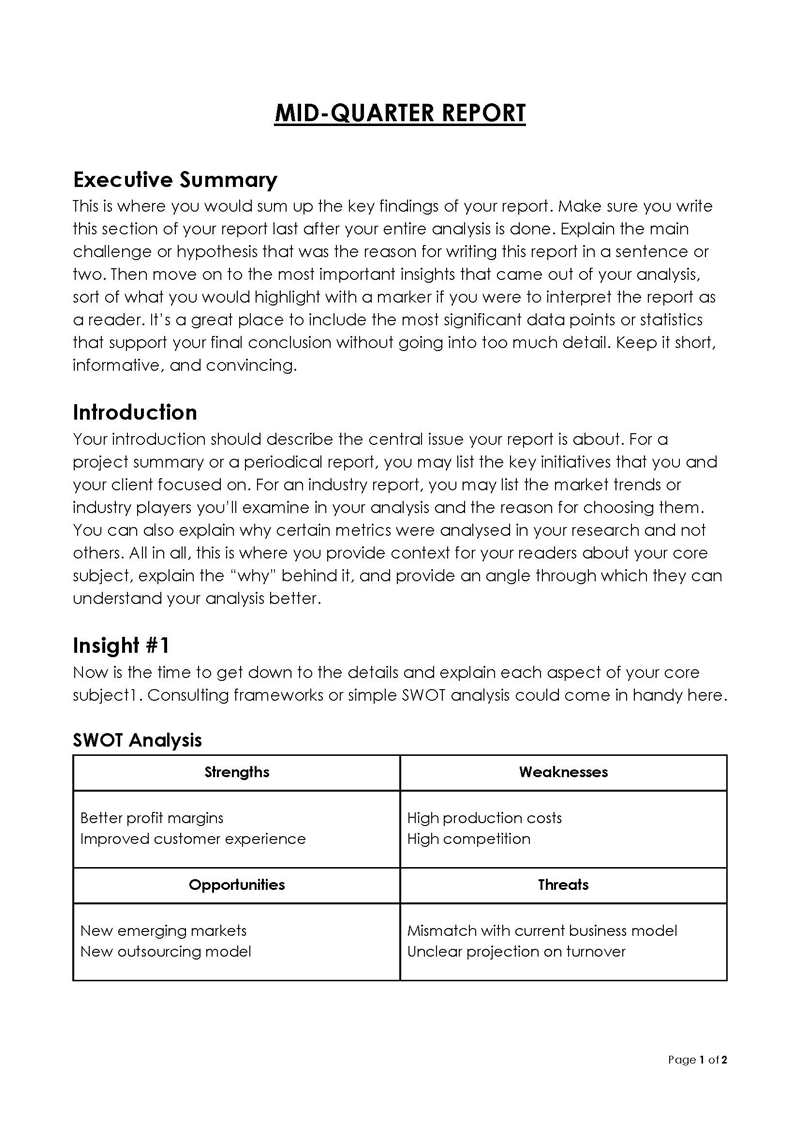
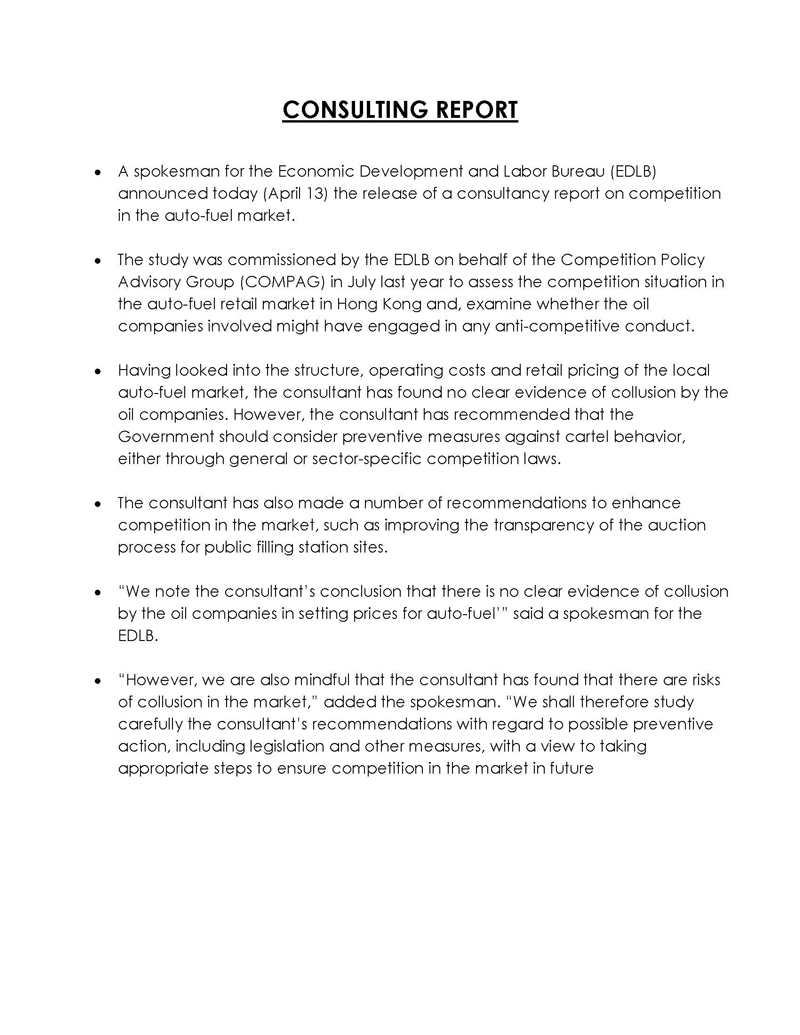
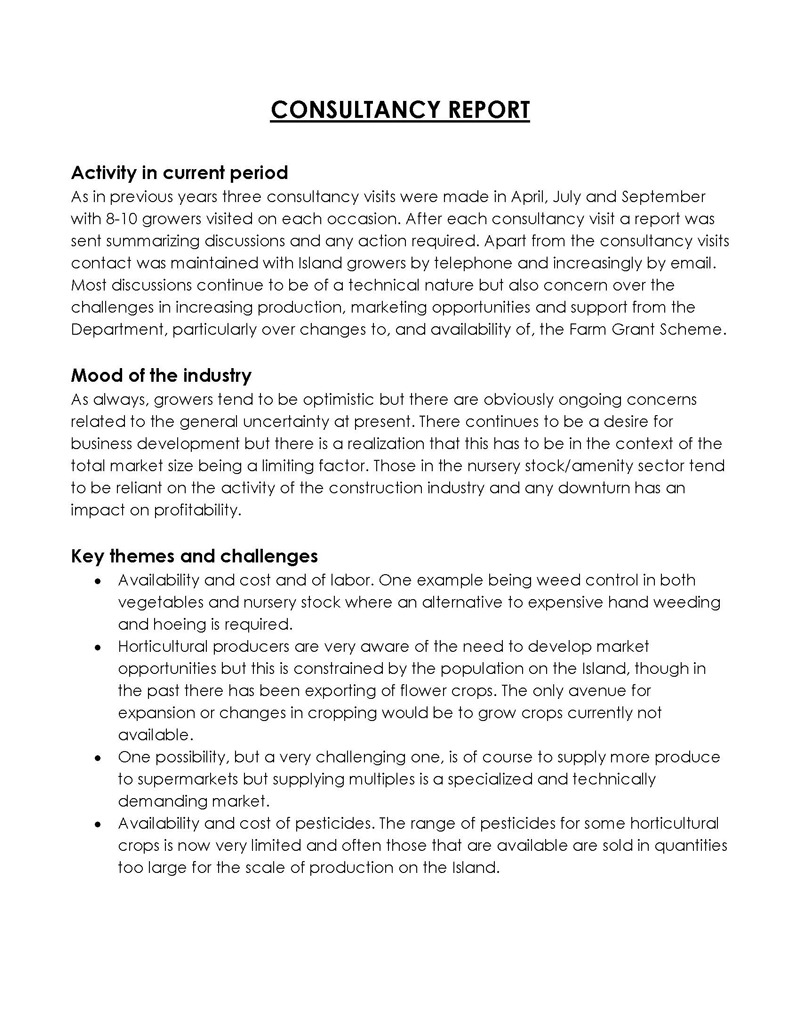
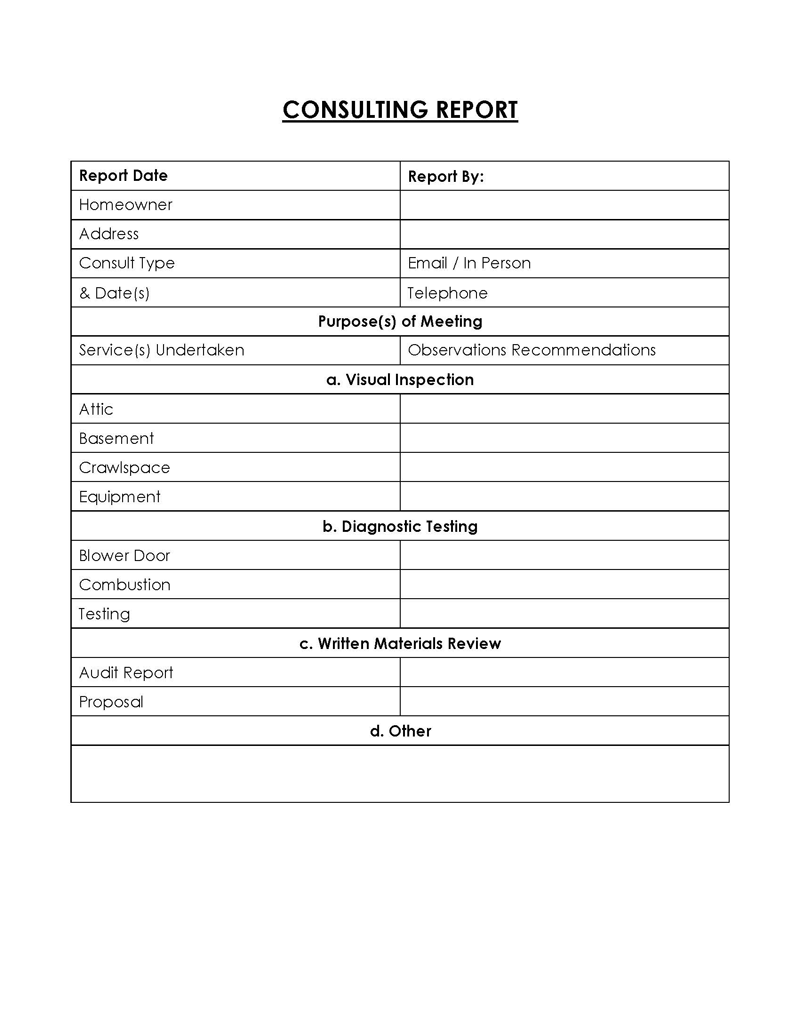
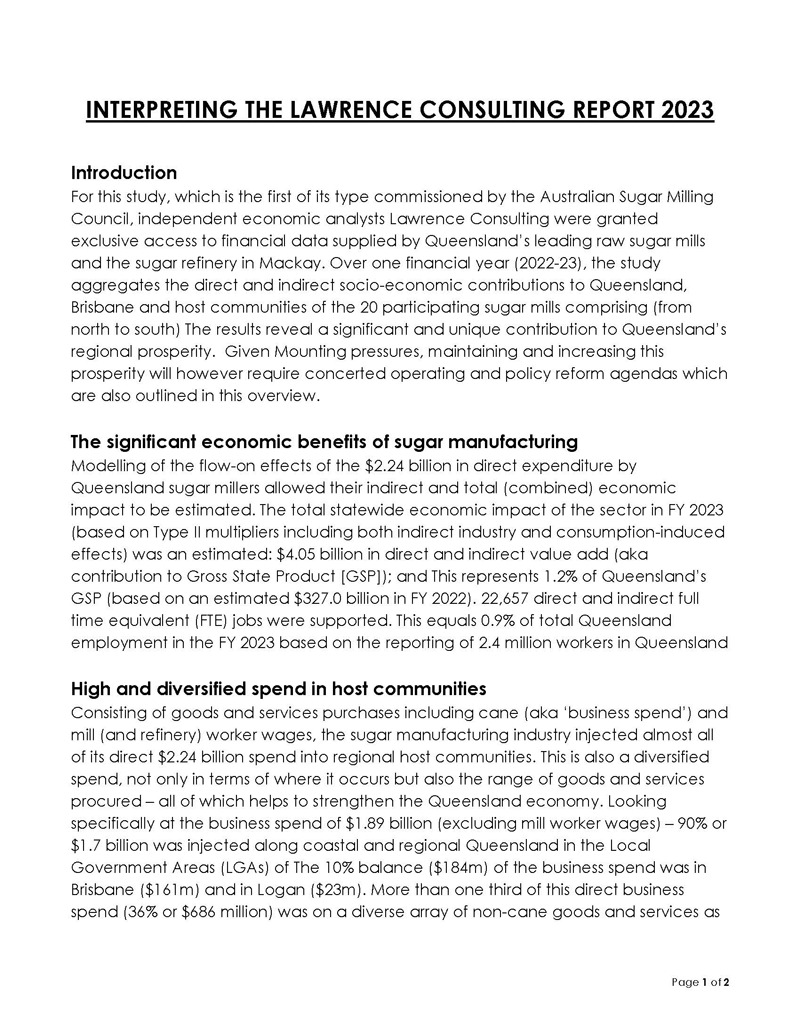
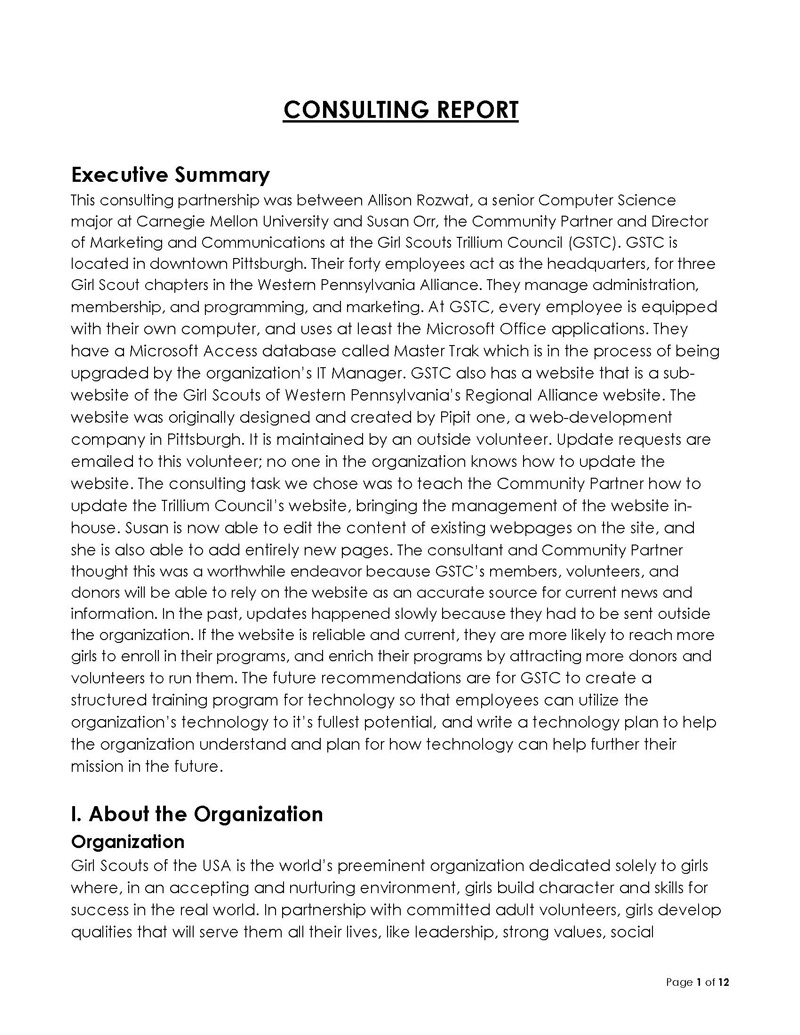
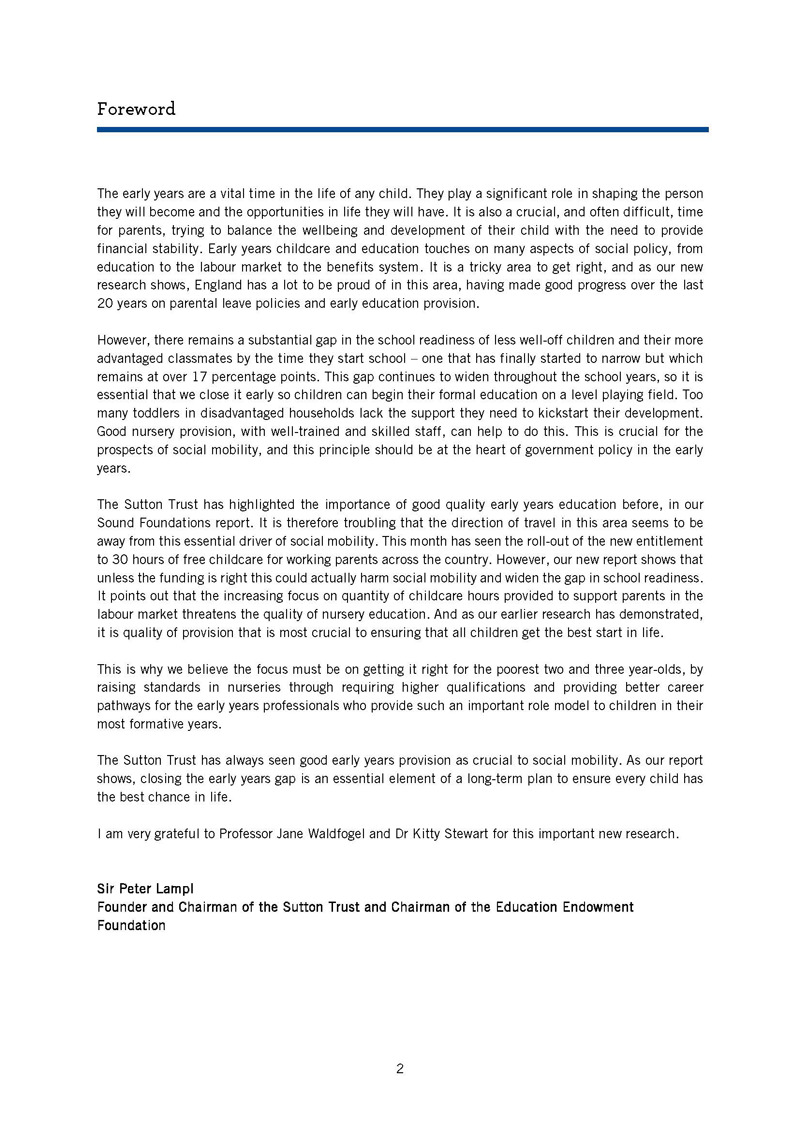
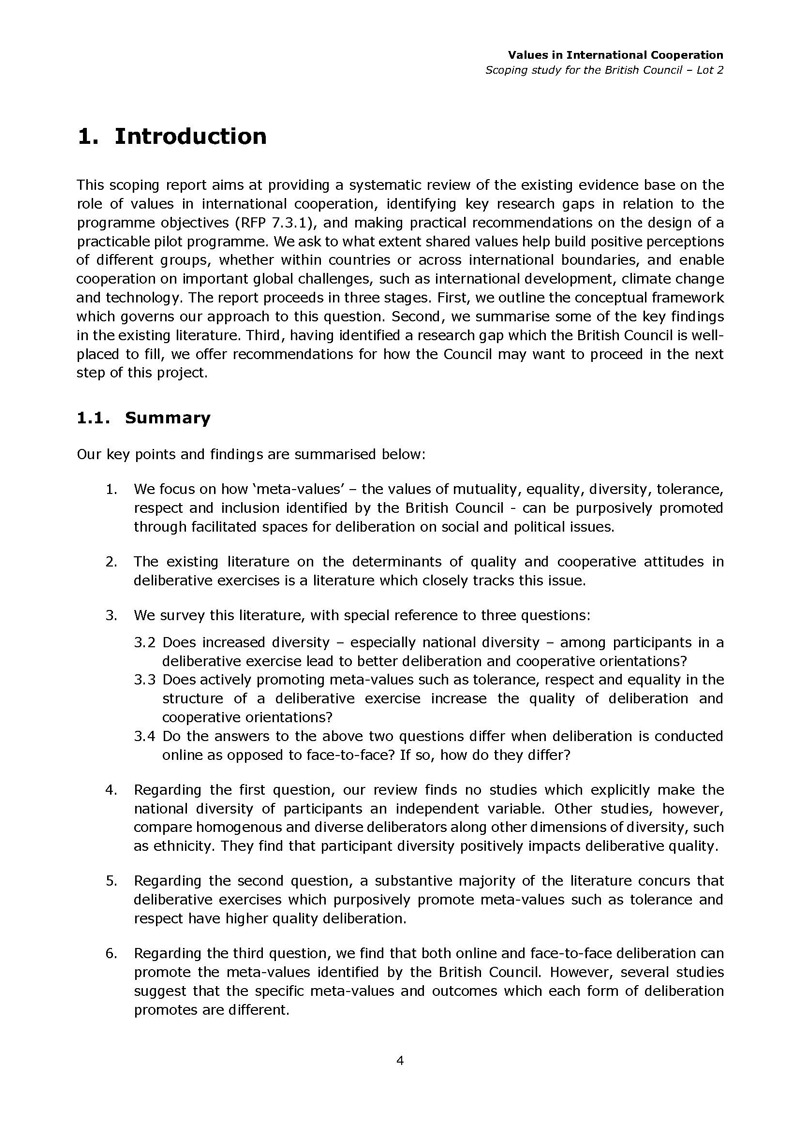
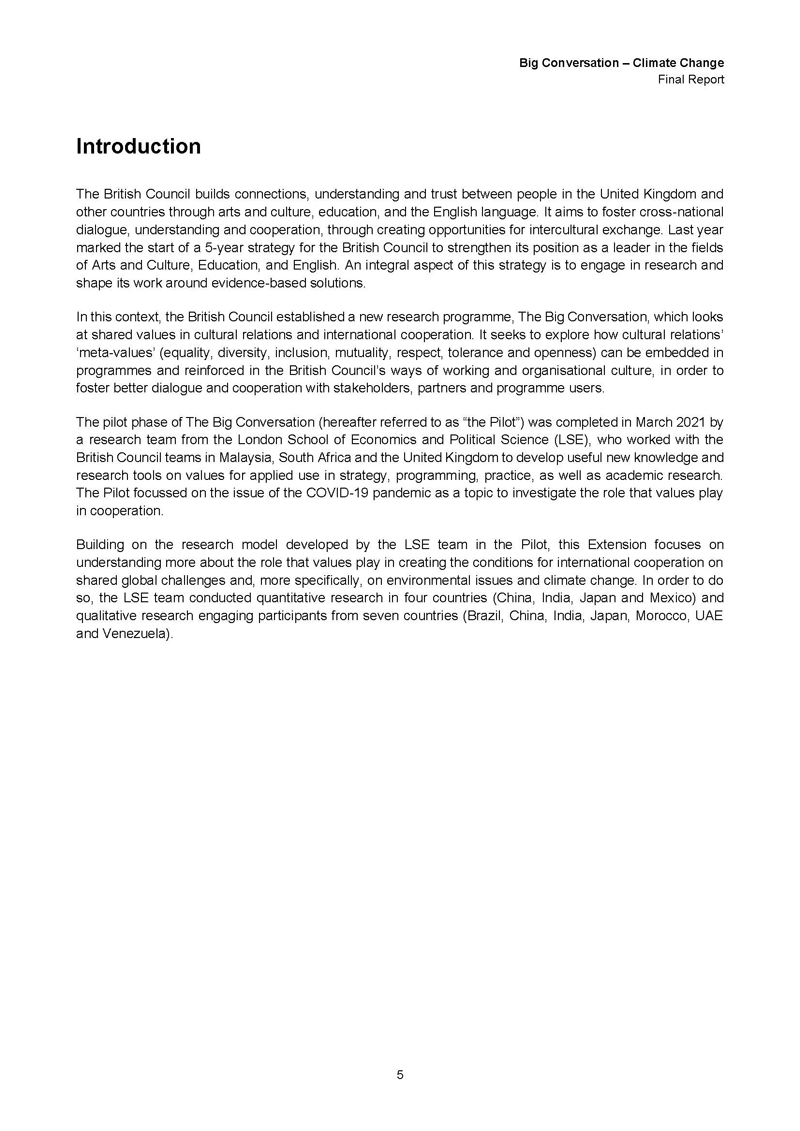
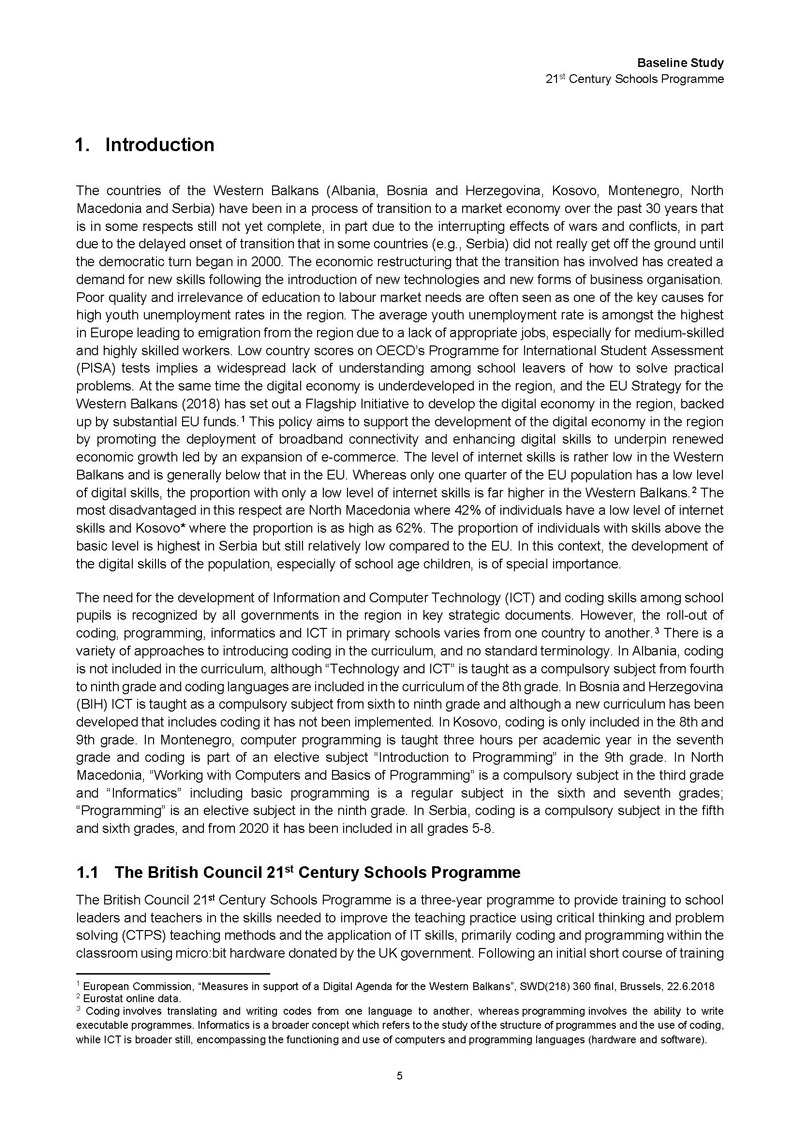
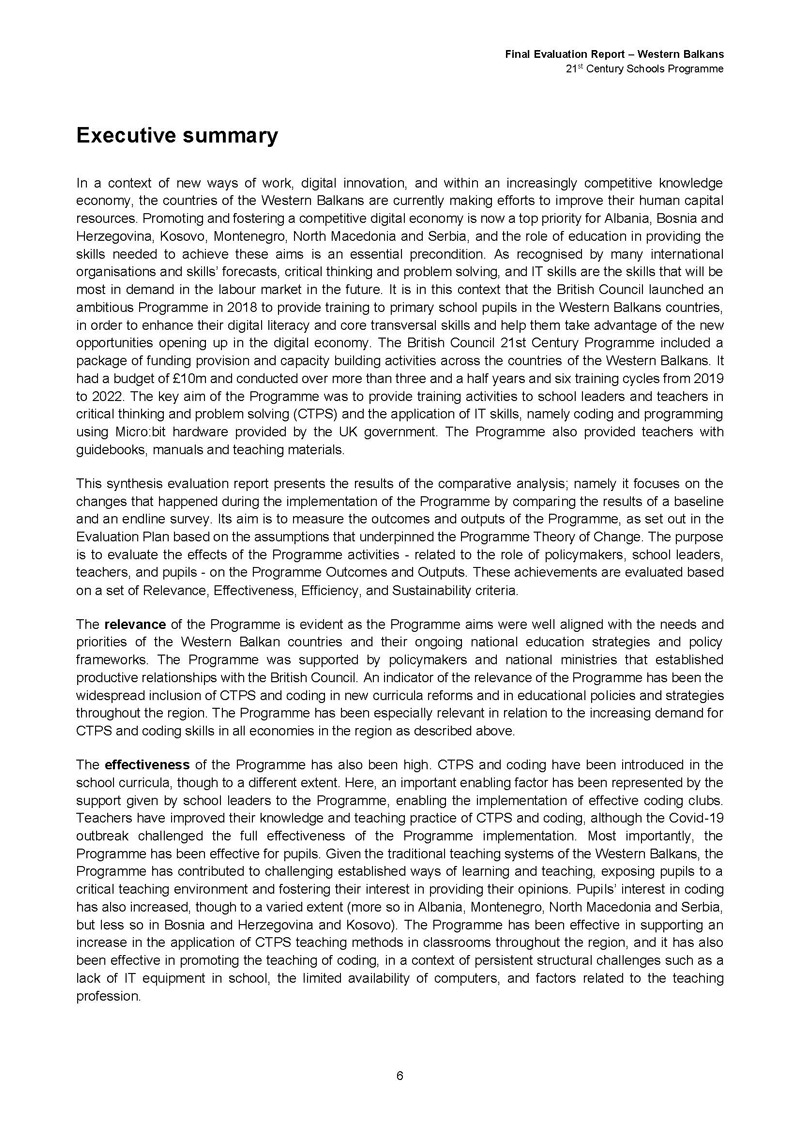
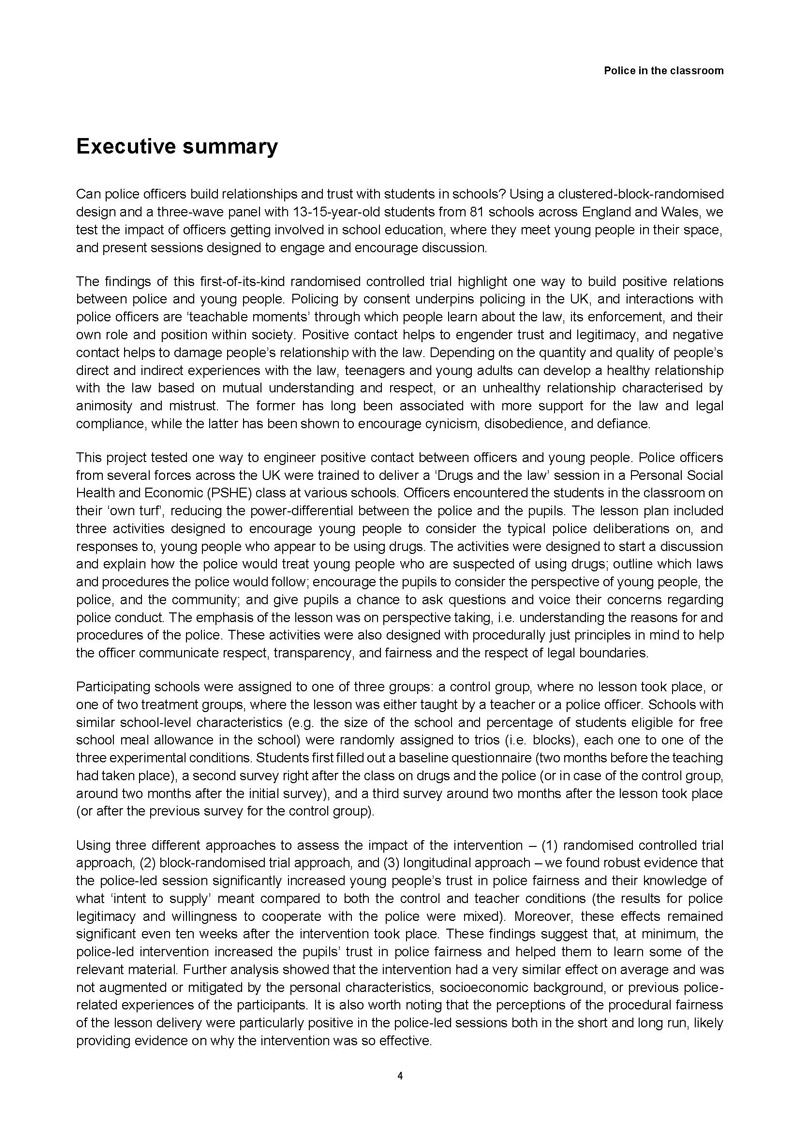
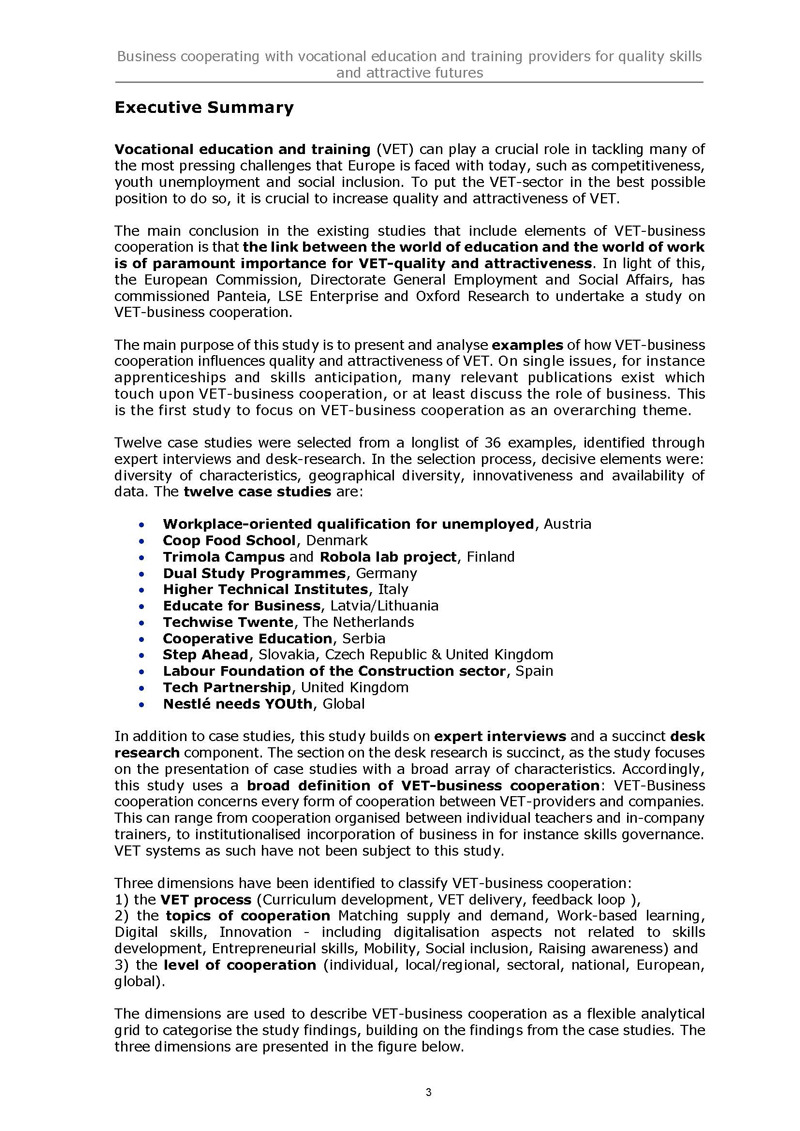
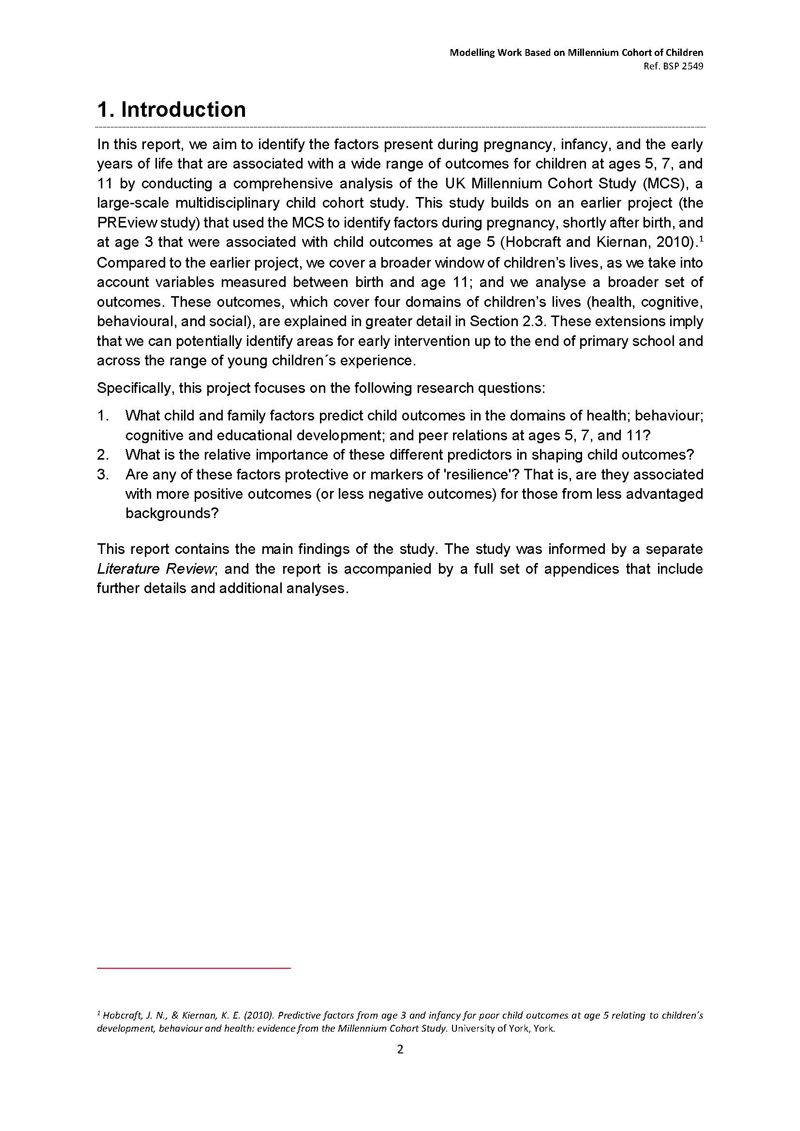
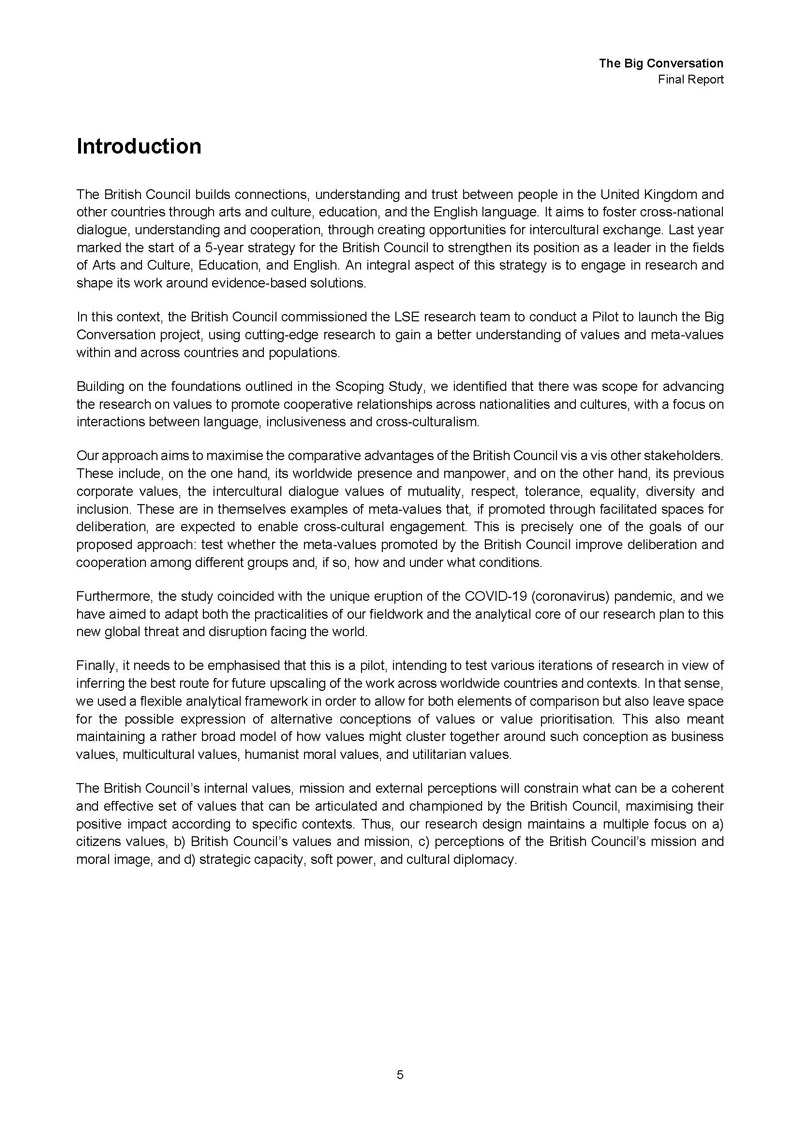
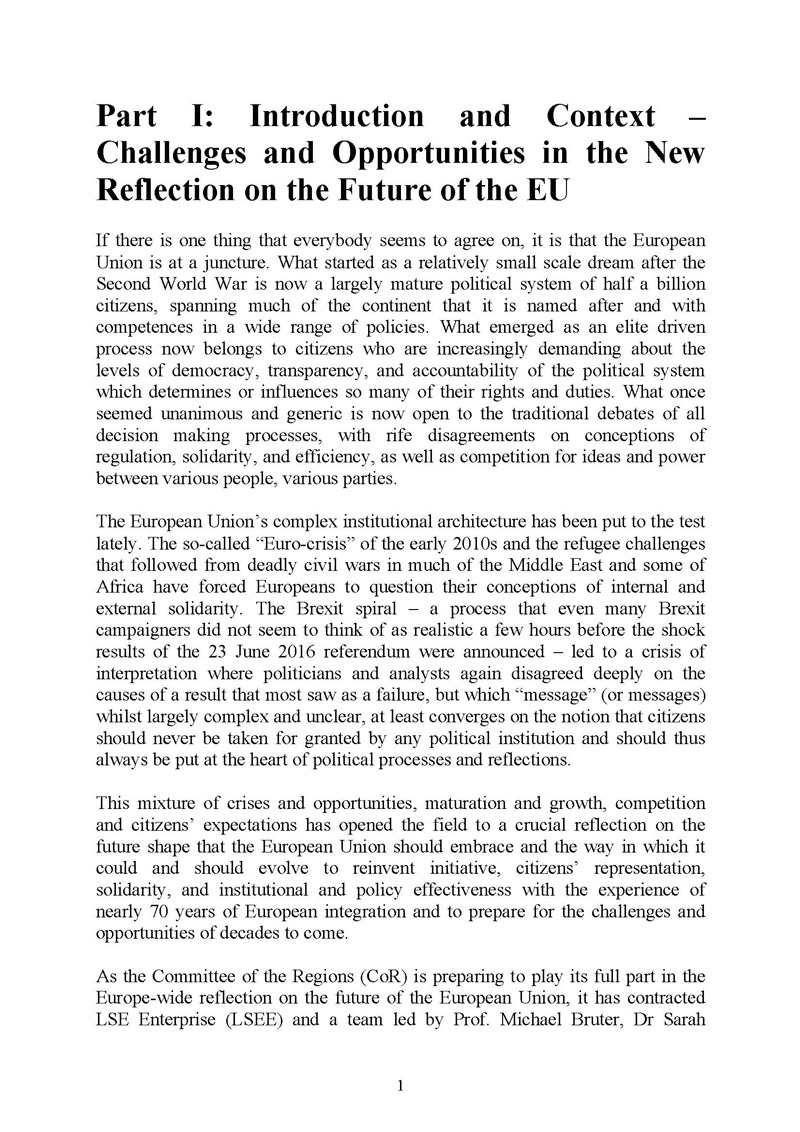
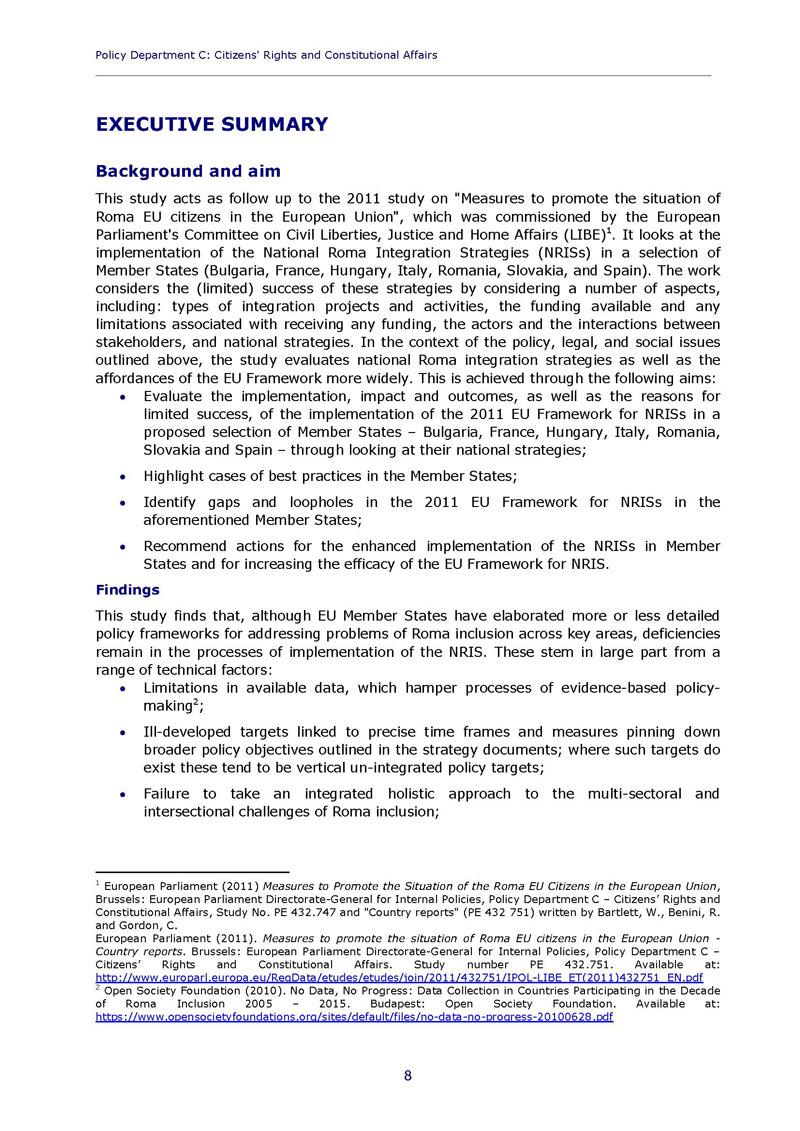
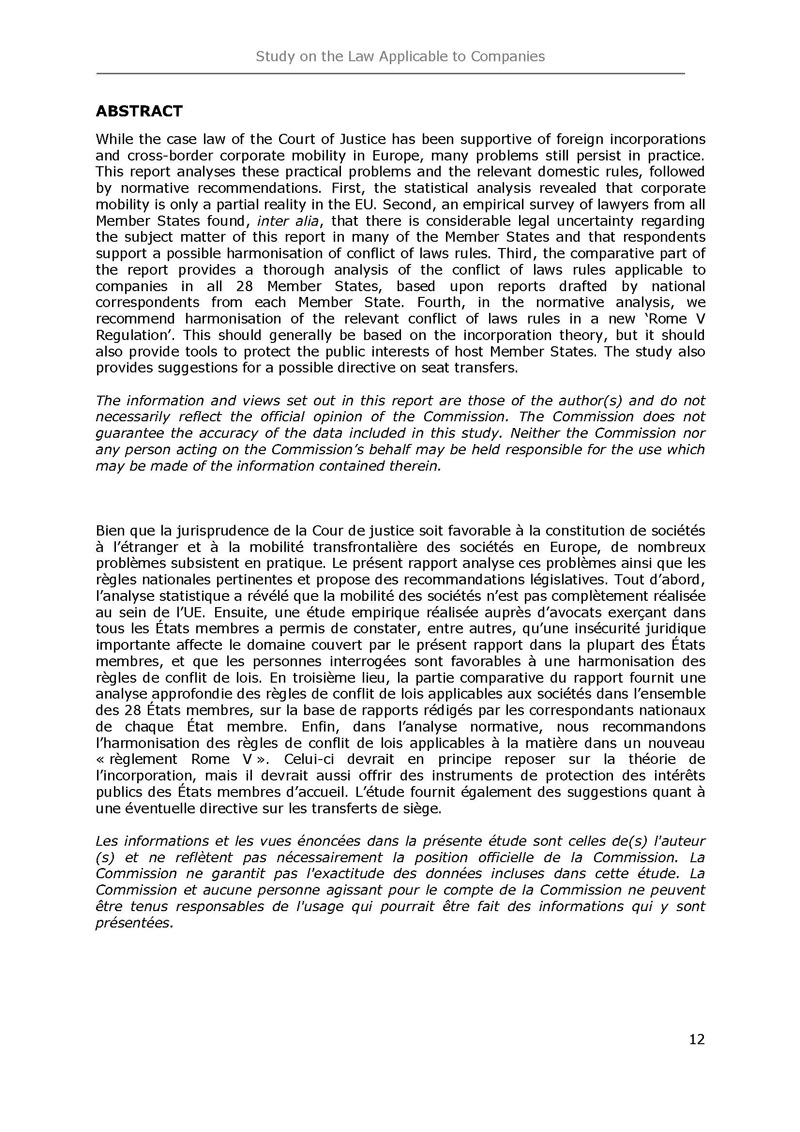
Best Practices for Writing Consulting Report
The reports, if written correctly, can establish your credibility as a professional and help you seize many opportunities. However, a poorly written report will lower your credibility.
To help you improve your chances of securing more work, there are some best practices to follow when writing a report:
Offer suggestions that are specific, actionable, and attainable
The recommendations you make should be specific and actionable. It means that they are not vague and will give your client clear directions on how to solve the identified problem or implement the solution. The recommendations should be realistic and achievable, depending on the capabilities of the organizations. Avoid offering unrealistic solutions as organizations are operating in the real world and may not be able to implement ideal solutions.
Use simple language
Unless your intended readers are experts on the subject matter, avoid using technical terms, jargon, and ambiguous language in your document as it may make it difficult for your client to understand your message. Also, avoid using slang and unfamiliar phrases.
Neutral and unbiased tone
Write in a reader-friendly tone. Consultant reports are not a platform to sell yourself but rather a document to showcase your ability and high-quality standards. So, the tone should be formal and show no bias. Be objective and avoid offering your personal opinions. The report should only outline your professional and expert advice. It is vital to maintain consistency in tone throughout the report.
Be mindful of sensitive issues
Consider sensitive matters when writing the report. It is important to be inclusive and maintain a positive relationship between you and the client, the client and their staff, and the client with their customers.
It would be best if you took care when offering solutions that address sensitive matters such as culture, ethnicity, political stances, etc. This may require you to undertake secondary research to determine factors influencing the business’s operations, ethics, and clientele.
Make it visually appealing
While the content of your report is more important than its presentation, it will help if you also focus on creating a visually appealing document. The use of appropriate colors, fonts, and layout are all important factors that enhance the appearance of a document.
Edit and Proofread
Edit and proofread the report carefully to eliminate errors, inconsistencies, and typos. Review the report for grammar, punctuation, spelling, and formatting, and ensure that it is well-polished and error-free.
Key Takeaways
- Consulting reports are written to help solve a problem or issue that a business faces. They provide insights to enable the recipient to make informed decisions.
- The report will often outline data, and arguments in support or against an action, propose solutions, and professional advice on the existing problem.
- The report’s information should be organized logically, with separate sections for the introduction, methodology, analysis, and findings, as well as the conclusion. To assist you in writing the report, you can use a template.




